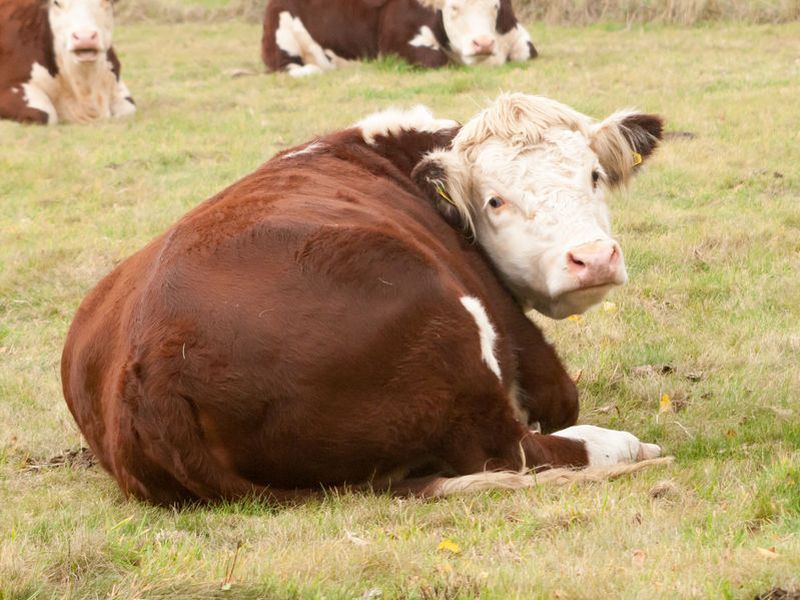
Nearly £6 million in funding has been allocated to the farming industry as part of a campaign to tackle a highly contagious cattle disease.
The £5.7 million 'Stamp It Out' initiative was launched by the Defra last summer in a bid to eradicate Bovine Vial Diarrhoea (BVD).
Within six months the project – which is being delivered by SAC Consulting, part of Scotland’s Rural College (SRUC) – 120 veterinary practices across England have been recruited to offer the programme to farmers on the ground.
The disease costs farmers an estimated £61 million a year in lost performance, and it is estimated that more than 90% of UK herds have had exposure to BVD.
Under the Stamp It Out scheme, farmers can access up to £530 of their vet’s time to investigate the disease both on a one-to-one basis or through a series of cluster meetings with like-minded keepers.
They can also access £61.80 for preliminary testing work, and up to £440 where there is evidence of persistently infected animals.
Vets who have signed up to the scheme have made a commitment to engage 8,000 farmers in active BVD control by 2020 – with 3,000 signed up so far.
A further 2,000 farmers have asked to join the BVDFree England initiative, an industry-led scheme which will take the momentum generated by Stamp It Out and continue with the ambition to eradicate BVD in England.
Neil Carter of SAC Consulting said: “My advice for farmers is to speak to your vet to find out whether they have signed up already.
“Any vets contacting us to get involved from now on will be put on a waiting list, and we will wait and see if any vets already engaged struggle to sign up their clients. On current experience, though, vets have come back asking for more funding rather than less.”
Bovine Viral Diarrhoea has a real impact on productivity, cattle health and welfare and can carry significant costs for farmers.
The BVD virus is transmitted in a number of ways, either through a congenital infection during pregnancy to the foetus giving rise to a persistently infected animal, or between cattle within the herd, often spread from nose-to-mouth, and giving rise to a wide variety of clinical signs.
